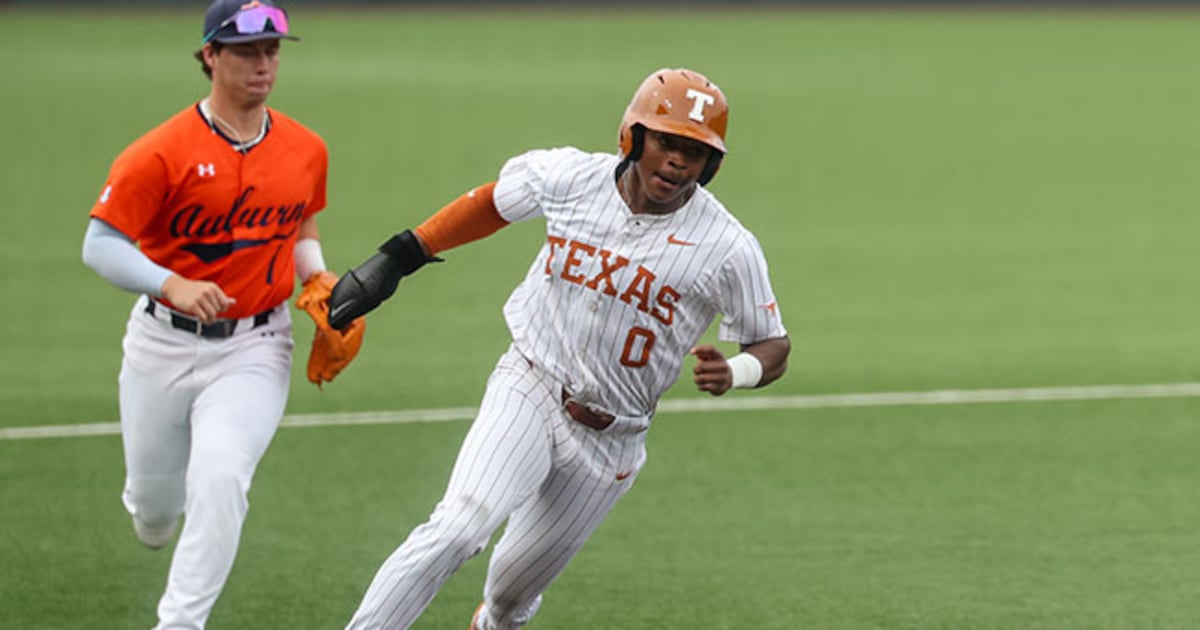Game Changers: How College Sports Power Disney and ESPN's Media Empire

As the annual television upfronts approach, Disney is making a bold strategic move by doubling down on college sports programming. The media giant is positioning itself to capture the lucrative and passionate market of collegiate athletics, recognizing the immense potential for viewer engagement and advertising revenue.
Disney's strategy leverages its ESPN platform to expand college sports coverage, targeting a demographic that is both highly engaged and attractive to advertisers. By investing heavily in rights to broadcast major collegiate sporting events, the company aims to strengthen its position in the competitive media landscape.
The timing of this push is particularly strategic, coming at a moment when college sports are experiencing unprecedented transformation. With the rise of name, image, and likeness (NIL) deals and conference realignments, Disney sees an opportunity to be at the forefront of this evolving ecosystem.
Executives at Disney believe that college sports represent more than just athletic competitions—they are cultural events that draw massive audiences and create deep emotional connections with viewers. This approach reflects a nuanced understanding of sports media's potential to drive viewership and generate substantial revenue streams.
As the upfronts draw near, industry observers are watching closely to see how Disney's aggressive college sports strategy will reshape the media landscape and potentially set new standards for sports broadcasting.
